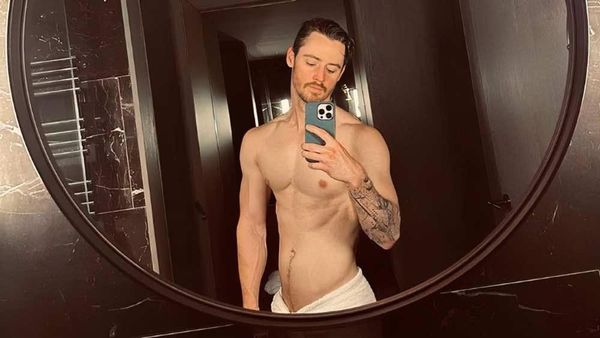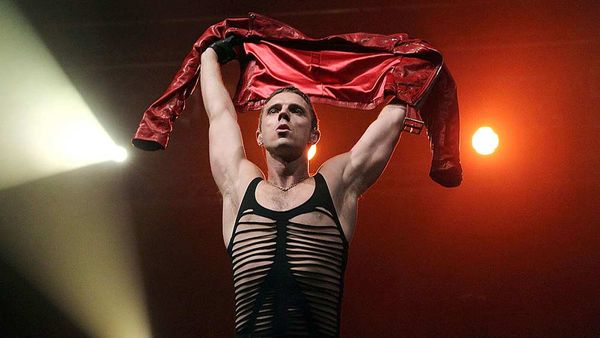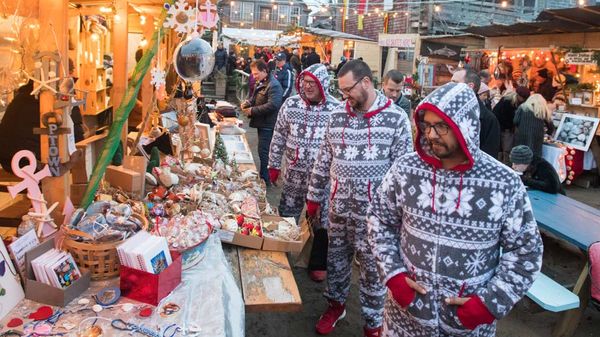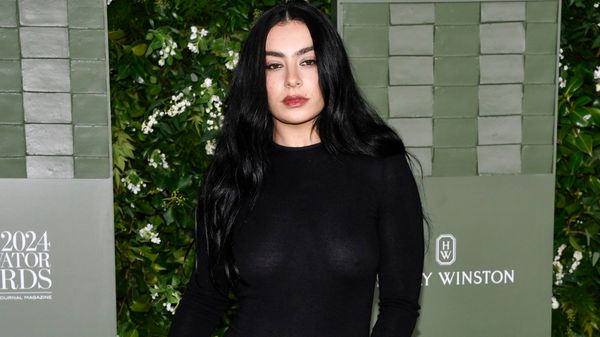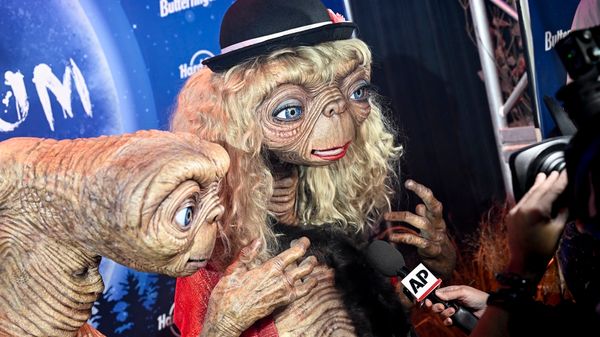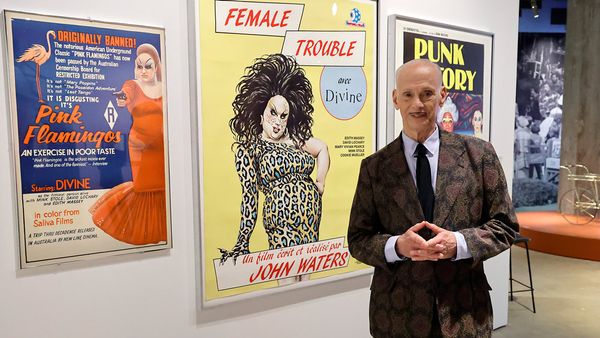
May 14, 2017
Stretching the Boundaries of Male Beauty
David-Elijah Nahmod READ TIME: 3 MIN.
The first thing readers will notice when they peruse "The Box," Ron Amato's striking new photobook of male nudes, is the age diversity of the models. There are cute younger guys, but there are also models pushing 50 and beyond. Some of the models have full heads of darker hair, while others have the white hair that comes with age. Still others are bald. The models hail from a variety of cultural backgrounds. All the models share one common trait: A confident sensuality that comes from deep within. The Box, a 112-page book, is now available for purchase at Amazon and Barnes and Noble.com. The book will ship on June 1.
Amato, an Associate Professor of Photography at the Fashion Institute of Technology in NYC, photographs more than 30 men posing inside, outside, underneath or on top of boxes. Some of the men pose solo, while others pose with one or two other models. The photos are meant to challenge and expand the public's perceptions of male beauty, while exploring themes of isolation, desire, conflict and empowerment.
Amato told the Bay Area Reporter that his interest in photography began during childhood. "I was interested in photography from an early age, but it was just one of many art disciplines I was interested in," he said. "I drew a lot. I had a sketchbook and taught myself drawing techniques from books I found in the library."
A former Catholic school student, Amato grew up in a home and a community where the arts were not valued. But he persevered. He brought his first camera with his first paycheck from a summer job at a Wall Street brokerage firm, where he received encouragement from a friendly boss who was himself an amateur photographer.
"I walked out of college one day and enrolled in the Germain School of Photography, and have been doing photography full-time since," he said. "That was 1981."
Amato spoke about how he chose his models for "The Box." "Obviously the world is filled with beautiful people," he said. "Attraction is definitely a component of casting, but for me there needs to be something deeper. I have turned down many men who have wanted me to photograph them because, even though they were beautiful, there was something missing for me. I need to see something beneath the beautiful surface. I never know what that is, and it is different for each individual. I guess the best word for it is intrigue. I need to be intrigued by someone."
Next came pairing the models up. "I started to look at combinations," he said. "I make spreadsheets with photographs and the men's heights so I can look at them next to each other. I was looking for interesting combinations. Sometimes that meant they were very similar, sometimes that meant they were very different. I think a unique aspect of the gay community is that we interface between ages and races more than some other subsets of society. That is probably because our sexuality bonds us together in stronger ways due to marginalization and discrimination."
"The Box" is not Amato's first foray into male photography. During the 1990s he worked for men's fitness magazines. "It was a great way to combine making a living with my love of men," he recalled. "At the same time my personal work moved to more erotic and intimate work. It was kind of two sides of the same coin, really all about the body."
Amato also spoke of his portrait work. "I have two ongoing projects. 'Men of Style,' which I guess you could call fashion but I think it is portraits, and 'Artists of Provincetown.' I am doing a sabbatical in Provincetown later this year to work on that project. I think it might be a book. Norma Holt published a book in 1980, 'Face of the Artist,' that was portraits of artists in Provincetown. My approach is very different, but I appreciate Norma's work very much. I think much has changed in Provincetown in 37 years. I hope to capture some of the current energy in my photographs."
For now Amato is busy promoting "The Box." We asked him what he learned from producing the book. "I learned that my experiences are the experiences of many," he said. "We all have joys and heartbreaks. Those are the things that bond us as humans. The book is autobiographical, but it holds universal truths. I have received many lovely notes from people telling me how much the work mirrors their own experience. That alone makes me feel less isolated and more bonded with others."
Amato added that he now feels closer to his community. "I feel a special affinity for the men in the photographs. For me they represent me and the larger gay community."
Info: ronamato.com

